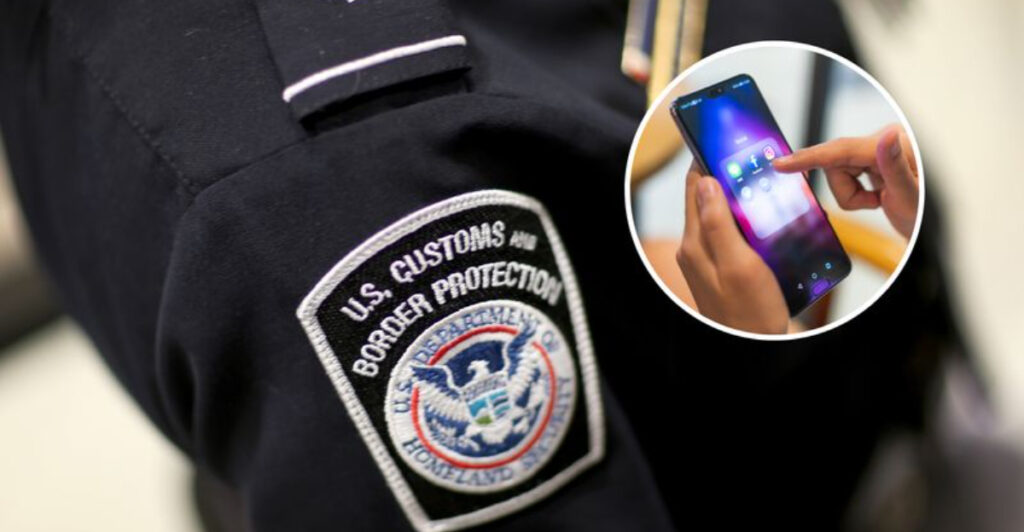Crossing into the United States used to be a breeze for Canadians, but those days are quickly fading. Recent policy changes have transformed what was once a simple border hop into a complex process filled with new rules and heightened scrutiny. These changes are affecting thousands of Canadian travelers, from snowbirds to weekend shoppers, causing many to reconsider their travel plans altogether.
The 30-Day Registration Requirement
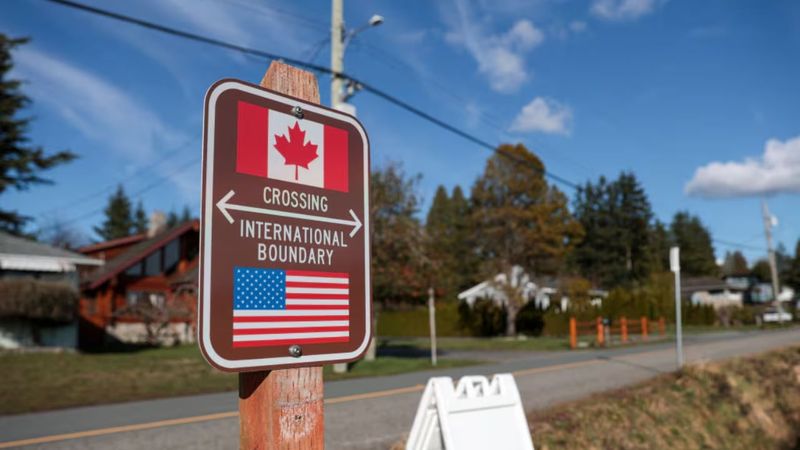
Starting April 2025, Canadians planning extended U.S. stays face a game-changing rule. Anyone staying longer than 30 days must now register with U.S. immigration authorities, submit fingerprints, and provide detailed travel plans.
This dramatic shift particularly impacts snowbirds who traditionally escape Canadian winters for months at a time. The paperwork burden has caught many off-guard, with processing backlogs already forming at major entry points.
Travel agencies report clients canceling long-standing winter reservations rather than navigating the new bureaucracy. For the estimated 1.5 million Canadians who normally spend extended periods in warmer U.S. states, this registration requirement represents the most significant border policy change in decades.
Invasive Electronic Device Searches
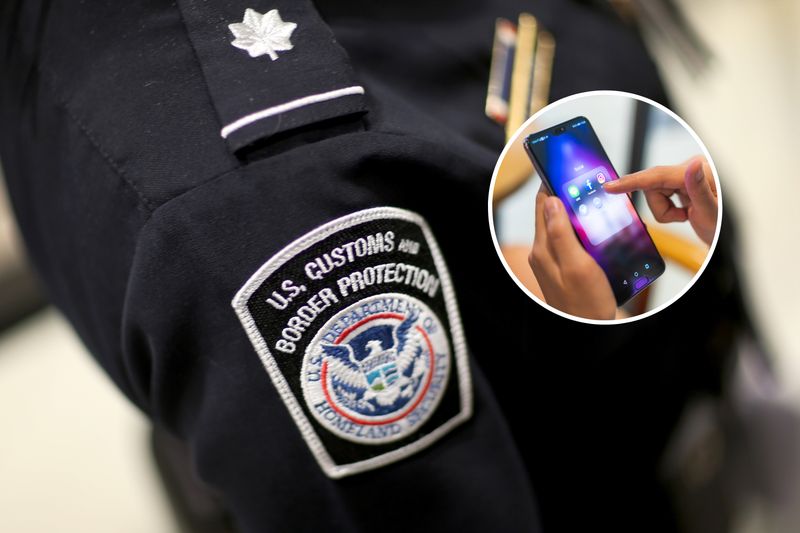
Your smartphone might become your biggest liability at the border. U.S. officials now regularly request access to electronic devices—without needing a warrant or reasonable suspicion.
Border agents can scroll through photos, read emails, and examine social media accounts on the spot. Refusal to provide passwords can result in device confiscation or entry denial. Several high-profile cases have highlighted this practice, including a Canadian journalist whose work laptop was seized for three weeks.
Privacy experts recommend travelers consider using temporary “travel phones” with minimal personal data when crossing. Others suggest backing up devices and performing factory resets before travel. Remember that cloud-stored data remains accessible if you log into accounts during inspection, so consider temporarily removing sensitive apps.
Unpredictable Questioning Intensity
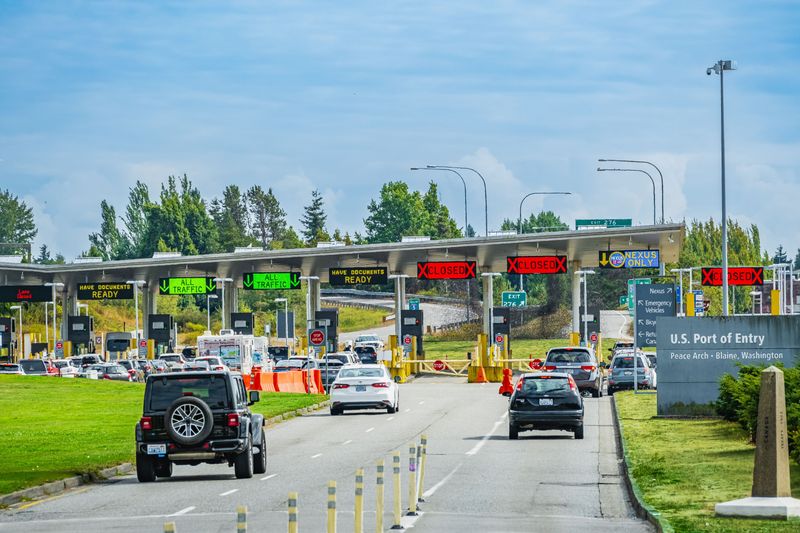
“So what’s the real reason for your visit?” This seemingly innocent question now carries weight at border checkpoints. Canadian travelers report increasingly probing interrogations about their travel intentions, even for routine shopping trips.
Border agents have expanded discretion to determine who enters, often requesting proof of funds, return travel plans, or employment verification. The questioning intensity varies wildly—some travelers breeze through while others face hour-long interviews. Global Affairs Canada now officially advises citizens to expect detailed questioning.
Smart travelers prepare documentation proving ties to Canada and clear return plans. Having hotel reservations, return tickets, and employment letters readily accessible can make the difference between smooth entry and a stressful denial. The unpredictability factor has become the new normal for cross-border travel.
Economic Ripple Effects
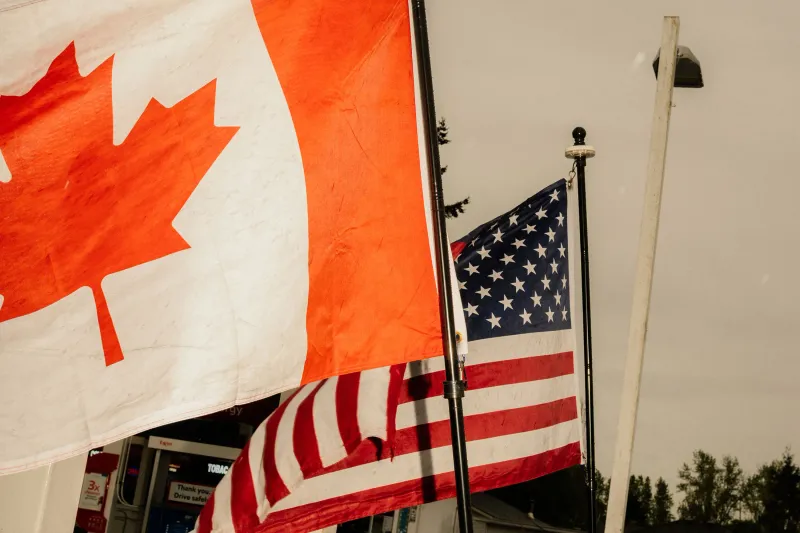
Border towns are feeling the pinch as Canadian visitors vanish. From Blaine, Washington to Calais, Maine, U.S. businesses dependent on Canadian shoppers report revenue drops of 15-30% since the new measures began.
The tourism sector shows the starkest numbers—Canadian crossings have plummeted by nearly a quarter compared to previous years. Hotels in popular snowbird destinations like Arizona and Florida report unprecedented vacancy rates, while restaurants and retail shops cut staff hours. A grassroots “Stay in Canada” movement has gained traction, encouraging Canadians to redirect vacation dollars domestically.
States bordering Canada have begun launching counter-campaigns, with Minnesota tourism officials deploying special “Canadians Welcome” marketing initiatives. The economic fallout extends beyond dollars—cultural exchanges and cross-border family gatherings have diminished, creating social costs harder to measure.
Practical Strategies for Smoother Crossings
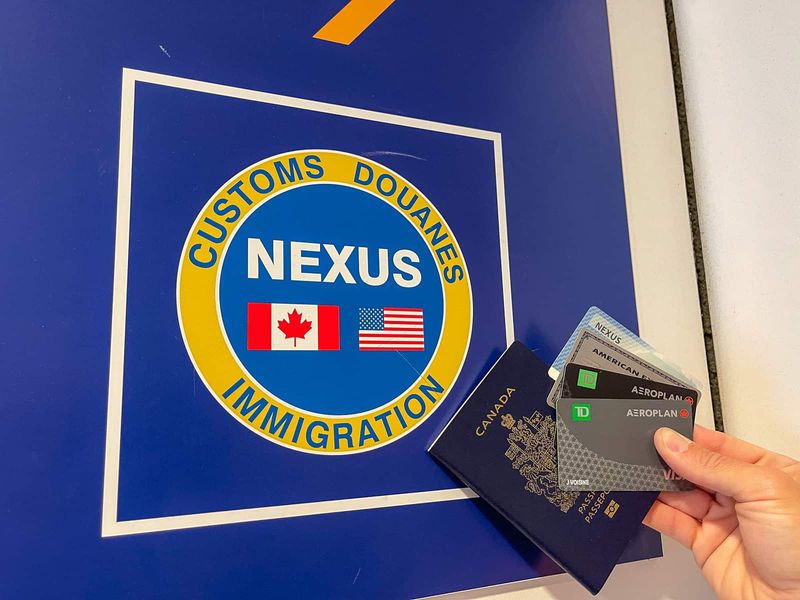
NEXUS membership has become gold for frequent border-crossers. This trusted traveler program, while requiring advance application and biometric screening, provides expedited clearance that bypasses many of the new hurdles.
Timing matters more than ever—weekday mornings typically see shorter wait times and less intensive screening than weekend afternoons. Travelers report success with transparent communication, answering questions directly without volunteering unnecessary details. Having documentation organized and accessible prevents delays during secondary screening.
Border crossing apps like the CBP’s official mobile application provide real-time wait times and allow pre-submission of information. For those concerned about device searches, consider traveling with a “clean” device containing minimal personal data. Above all, flexibility remains key—build extra time into travel plans and prepare for unexpected delays.

